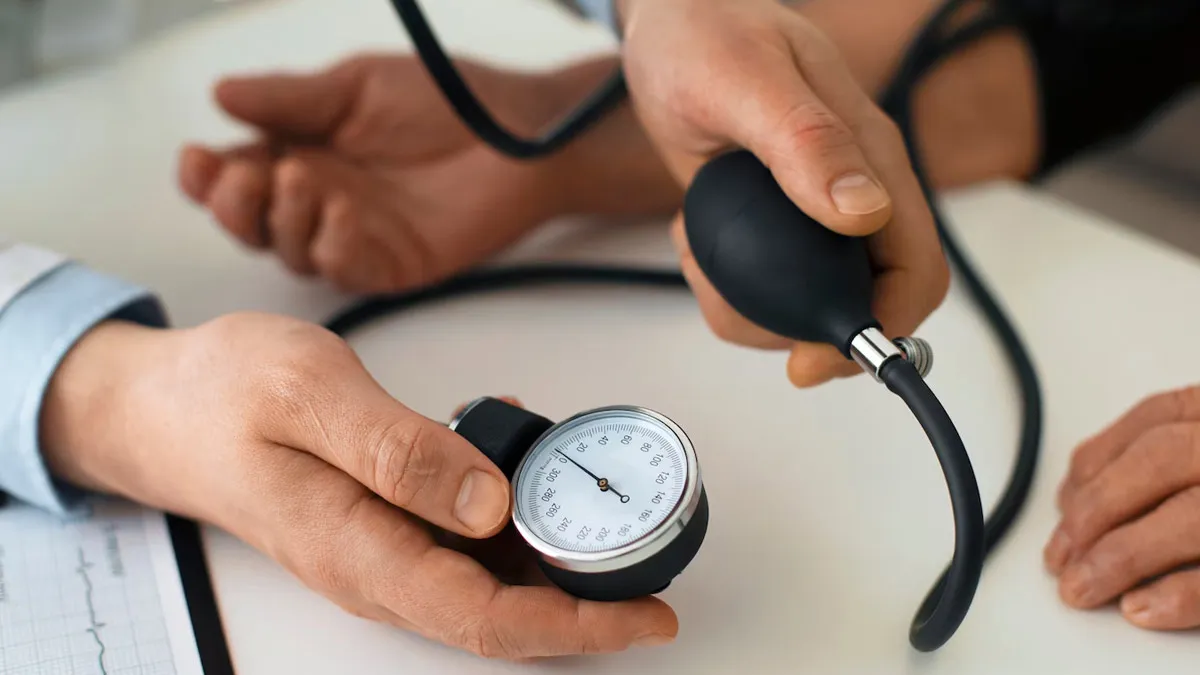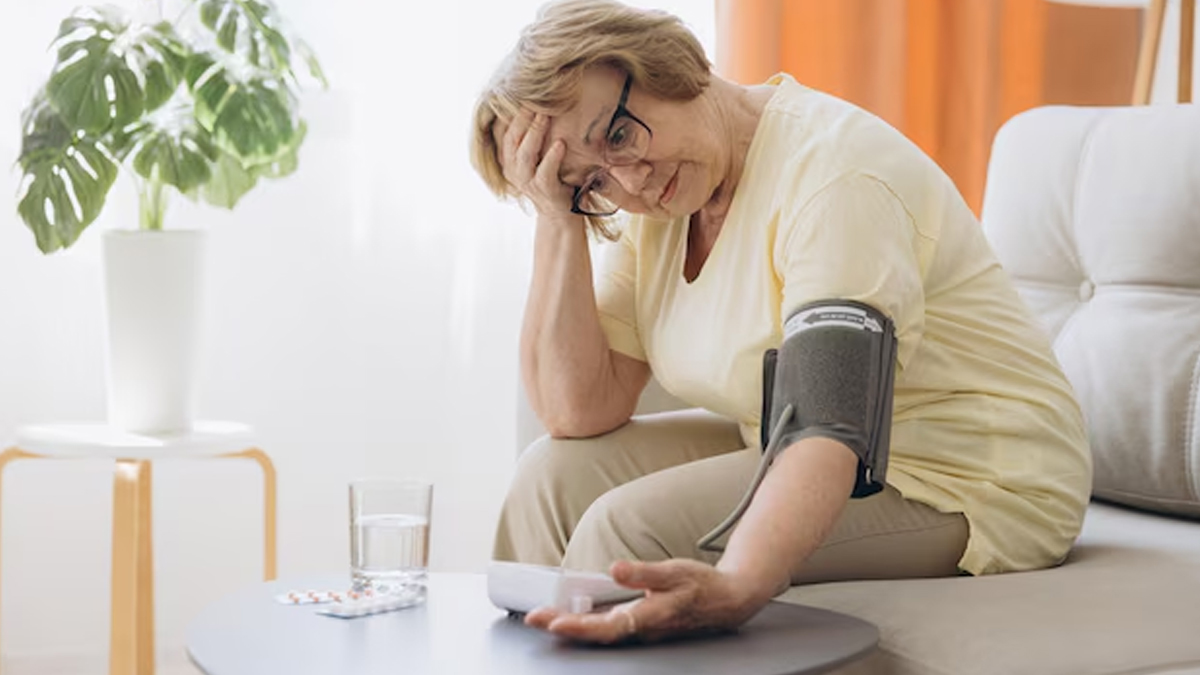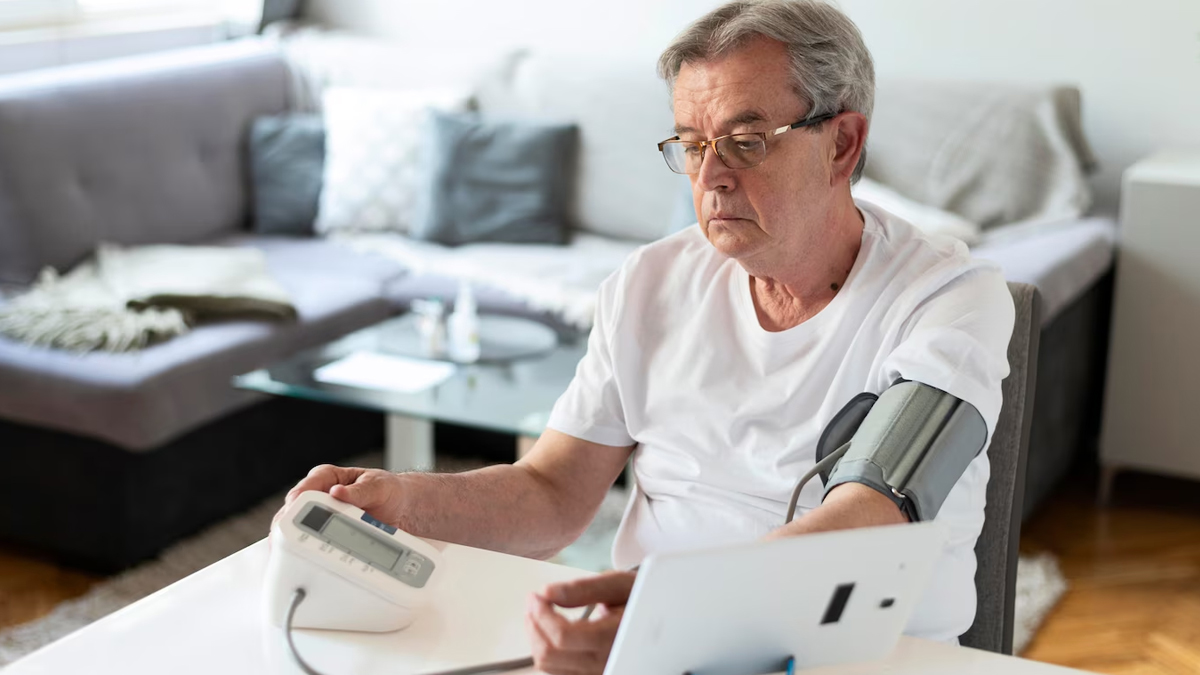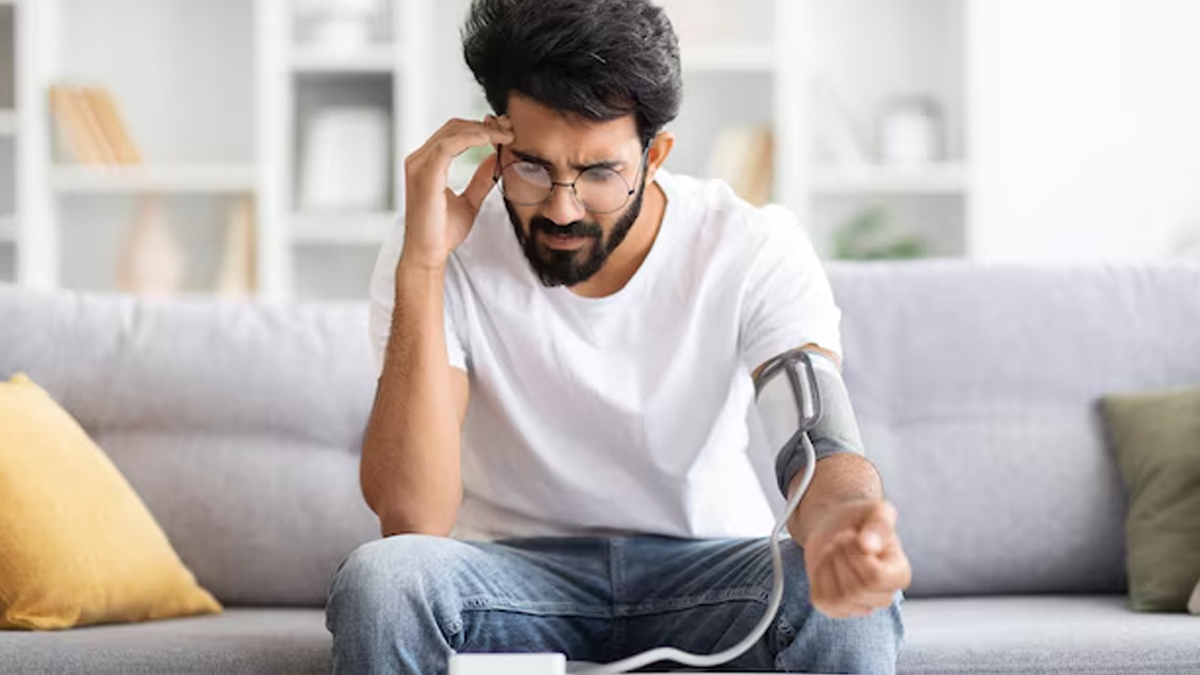
Low blood pressure, also known as hypotension, is common and can be normal for some people. However, it can also indicate an underlying health condition that needs immediate medical supervision. While dizziness, blurred vision, and nausea are common signs that often resolve on their own with timely management, certain symptoms can call for medical attention. But how do you know when it’s serious? The OnlyMyHealth team spoke to Dr Prashant Pawar, Consultant-Interventional Cardiology, Fortis Hiranandani Hospital, Vashi, to understand the severe symptoms of hypotension and what actions should be taken.
Table of Content:-
Also Read: Expert Shares 7 Things To Eat When Your BP is Low!
Understanding Hypotension

Hypotension, or low blood pressure, is a condition where blood pressure is lower than normal.
The normal blood pressure range is generally considered to be between 90/60 mmHg and 120/80 mmHg, and hypotension is often measured as readings below 90/60 mmHg.
There are two main types of hypotension: orthostatic or postural hypotension and postprandial hypotension. Orthostatic or postural hypotension is characterised by a sudden drop in blood pressure upon standing up, whereas postprandial hypotension refers to a drop in blood pressure after eating.
Normal Vs. Concerning Low Blood Pressure
The American Heart Association (AHA) defines normal blood pressure as below 120/80 mmHg. Hypotension is defined as blood pressure below 90/60 mmHg. However, in some patients, this can be normal. They may not experience any symptoms despite having low BP readings, said Dr Pawar.
Signs Your Low Blood Pressure Is Serious

Some common signs of dangerously low blood pressure are:
- Dizziness due to reduced blood pressure, which lowers blood flow to the brain, causing lightheadedness or dizziness.
- Loss of consciousness (syncope or fainting) when blood flow to the brain is severely reduced.
- Blurring of vision as a result of decreased perfusion to the eyes and brain.
- Rapid, shallow breathing is a compensatory response to poor circulation.
- Shock, a life-threatening state due to critically low blood pressure.
- Cold, clammy skin caused by reduced blood flow to the skin.
- Fatigue due to inadequate oxygen and nutrient delivery to tissues.
Who Is Most At Risk?
“Elderly people, particularly those with neurological, heart, or endocrine conditions, are at higher risk for complications from low blood pressure,” warned Dr Pawar. For instance:
- Pregnant females
- Neurological conditions – Parkinson’s disease
- Diabetes
- Heart diseases – heart failure, arrhythmias
Also Read: How To Position Your Arm For Accurate Blood Pressure Reading
Lifestyle Changes That Can Help Manage Blood Pressure Levels

The following lifestyle changes are some of the important tips to stabilise blood pressure, as shared by Dr Pawar:
- Healthy diet: Follow the DASH diet (Dietary Approaches to Stop Hypertension), which focuses on fresh vegetables, whole grains, lean protein, and low-fat dairy.
- Reduce salt and sodium intake to below 2.3 g/day.
- Increase potassium-rich foods like bananas, spinach, and sweet potatoes.
- Regular physical activity – at least 30 minutes of moderate-intensity exercise like brisk walking, swimming, or cycling.
- Healthy weight – maintain BMI around 25.
- Quit smoking.
- Avoid alcohol.
- Manage stress – through yoga, meditation, or tai chi.
- Adequate sleep
- Maintain hydration, especially in summer or during illness, by drinking enough water, lemon juice, or coconut water.
Conclusion
While low blood pressure may not always be a cause for concern, it’s important to recognise when it signals something more serious. If symptoms like fainting, blurred vision, or cold, clammy skin occur, especially in older adults or those with underlying conditions, medical attention is crucial. Regular monitoring, a balanced lifestyle, and early intervention can go a long way in managing hypotension effectively.
Also watch this video
How we keep this article up to date:
We work with experts and keep a close eye on the latest in health and wellness. Whenever there is a new research or helpful information, we update our articles with accurate and useful advice.
Current Version